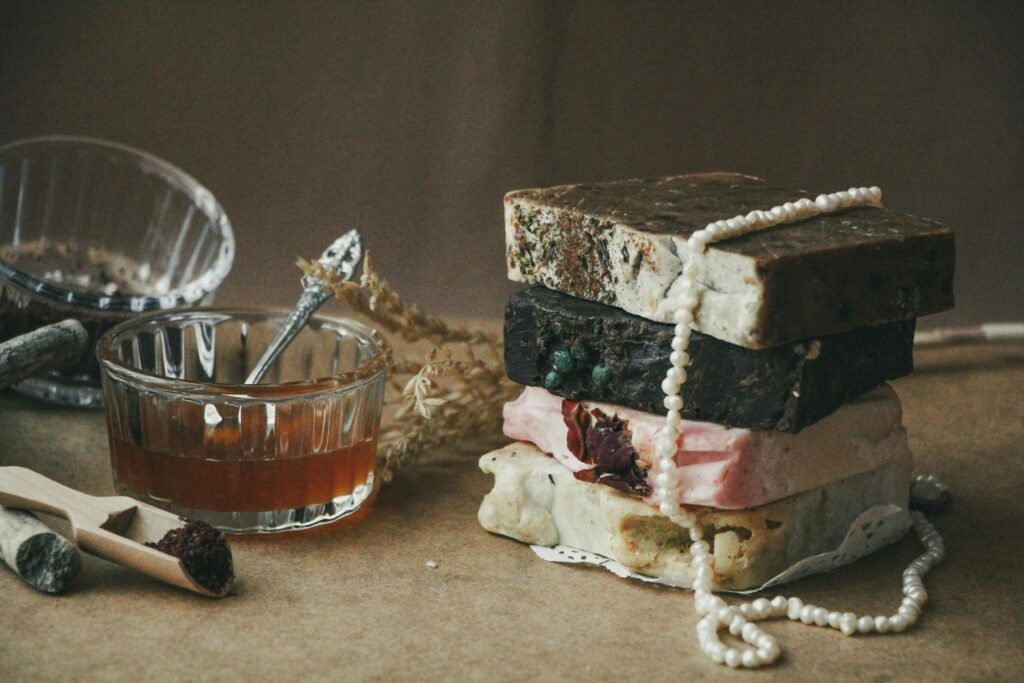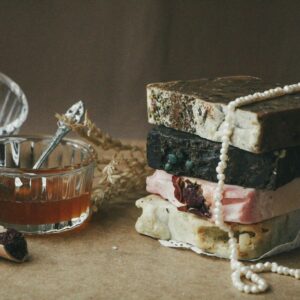The skincare industry is growing rapidly, with thousands of products promising healthier and more radiant skin. However, not all skincare products are created equal. Many contain harmful chemicals and toxic ingredients that can cause skin irritation, disrupt hormones, and even pose long-term health risks. Understanding how to read skincare labels is essential for making informed choices and protecting your skin.
Brands like Sensoo Skincare and Hanyul focus on using clean and skin-friendly ingredients. But with so many unfamiliar chemical names on product labels, how can you determine what is safe and what should be avoided?
This guide will help you understand how to read skincare labels, identify harmful ingredients, and choose the best products for your skin’s health.
Understanding the Basics of Skincare Labels
Before diving into specific ingredients, it is important to understand how skincare labels are structured.
- Ingredient List Order Matters
Ingredients are listed from the highest to the lowest concentration. The first few ingredients make up the majority of the product, while those at the bottom are present in smaller amounts. - INCI Naming System
Skincare labels follow the International Nomenclature of Cosmetic Ingredients, meaning that ingredients are listed using their scientific or botanical names. For example, aloe vera might appear as Aloe Barbadensis Leaf Extract. - Active and Inactive Ingredients
Active ingredients, such as retinol or hyaluronic acid, are responsible for the product’s effects, while inactive ingredients help with texture, preservation, or fragrance. - Marketing Tricks
Some brands highlight trendy ingredients on the packaging but include them in very small amounts, making them ineffective. Always check where an ingredient appears in the list to understand its actual impact.
Harmful Skincare Ingredients to Avoid
Many commercial skincare products contain potentially harmful chemicals that can cause skin problems or disrupt hormones. Here are some of the most concerning ingredients:
Parabens
Parabens such as methylparaben, propylparaben, and butylparaben are preservatives used to prevent bacterial growth. However, they are known endocrine disruptors, meaning they can interfere with hormones and have been linked to breast cancer concerns.
Safer Alternatives: Look for products that use phenoxyethanol or natural preservatives such as radish root ferment.
Sulfates
Sodium Lauryl Sulfate and Sodium Laureth Sulfate are common in cleansers and shampoos because they create foam. However, sulfates strip the skin of natural oils, causing dryness and irritation.
Safer Alternatives: Use products with coconut-derived cleansers like cocamidopropyl betaine or decyl glucoside.
Phthalates
Phthalates are commonly found in synthetic fragrances and are linked to reproductive and developmental issues. They are often listed as fragrance or perfume, making them difficult to identify.
Safer Alternatives: Choose products that use essential oils or fragrance-free formulations.
Artificial Fragrances and Dyes
Synthetic fragrances and artificial dyes can cause allergic reactions and skin sensitivity, especially for those with sensitive skin.
Safer Alternatives: Look for skincare products labeled as fragrance-free or naturally scented with botanical extracts.
Silicones
Silicones such as dimethicone and cyclopentasiloxane are added to skincare products to create a smooth feel, but they can trap dirt and oil, leading to clogged pores and breakouts.
Safer Alternatives: Opt for products with plant-based emollients like shea butter or squalane.
How to Spot Clean Beauty Products
As the demand for clean beauty grows, brands are introducing more natural skincare options. However, some companies use misleading marketing claims. Here are a few tips to help you identify truly clean beauty products:
- Look for Third-Party Certifications
Certifications such as USDA Organic, EWG Verified, or Leaping Bunny indicate that the product meets strict safety and environmental standards. - Check for Transparent Ingredient Lists
Brands committed to clean beauty provide full ingredient lists without hidden chemicals or misleading terms. Sensoo Skincare, for example, clearly lists all of its ingredients and avoids harmful additives. - Be Wary of Greenwashing
Some brands label products as natural or organic even if they contain harmful chemicals. Always read the ingredient list instead of relying on front-label claims.
How to Choose the Right Skincare Products
When selecting skincare products, consider the following factors to ensure that you are choosing safe and effective options:
- Identify Your Skin Type
Whether you have oily, dry, combination, or sensitive skin, look for ingredients that address your specific needs. - Patch Test New Products
Before using a new skincare product, apply a small amount on your wrist or behind your ear to check for allergic reactions. - Research the Brand’s Reputation
Choose brands known for clean formulations, such as Sensoo Skincare and Hanyul, which prioritize skin health and transparency. - Avoid Overly Long Ingredient Lists
A long list of synthetic chemicals often indicates unnecessary fillers. Opt for products with simple and natural formulations.
The Role of pH Balance in Skincare
Many people overlook the importance of pH balance when choosing skincare products. The skin has a natural pH of around five point five, which helps maintain its barrier function and hydration levels.
- High pH Products
Cleansers with a high pH can strip the skin’s natural oils, leading to dryness and irritation. - Low pH Products
Skincare with a low pH, such as certain toners and serums, helps maintain the skin’s natural barrier and prevents breakouts.
To keep your skin healthy, choose products that are pH-balanced and formulated to support your skin’s natural ecosystem.
Understanding Preservatives in Skincare
Preservatives are essential for preventing bacterial growth, but not all preservatives are safe for long-term use.
- Harmful Preservatives
Parabens and formaldehyde-releasing agents such as DMDM hydantoin are known to cause irritation and potential health risks. - Safer Preservatives
Look for products that use plant-based preservatives such as rosemary extract or natural antioxidants like vitamin E.
Why Natural Ingredients Matter
Natural skincare ingredients are often gentler and more effective in the long run. Some of the best natural ingredients to look for include:
- Green tea extract: Rich in antioxidants that protect against environmental damage.
- Aloe vera: Soothes irritation and hydrates the skin.
- Chamomile extract: Reduces redness and calms sensitive skin.
- Hyaluronic acid: Provides deep hydration without clogging pores.
Brands like Sensoo Skincare and Hanyul incorporate these natural ingredients to create effective and skin-friendly formulations.
Conclusion
Reading skincare labels is essential for making informed choices and avoiding harmful ingredients. By understanding ingredient lists, looking for safer alternatives, and choosing brands that prioritize transparency, you can protect your skin from unnecessary chemicals and irritants.
If you are looking for clean beauty products, brands like Sensoo Skincare and Hanyul offer high-quality, skin-friendly formulations that prioritize safety and effectiveness. Always check skincare labels, educate yourself on harmful ingredients, and choose products that align with your skin’s needs for a healthier and more radiant complexion.







More Stories
Lab Grown Diamonds in Singapore: The Sparkling Future of Ethical Luxury
Secret Engagement Proposal: How to Plan the Perfect Surprise
Exploring Cultures: The Fascination with Lab-Grown Diamonds